USF Osteoporosis Program
Make your home safer!
Entryway
Living Room #1
Living Room #2
Kitchen
Bedroom #1
Bedroom #2
Office
Bathroom #1
Bathroom #2
Outdoors
Stairs & Hallways
All Areas
Prevention & Safety Tips
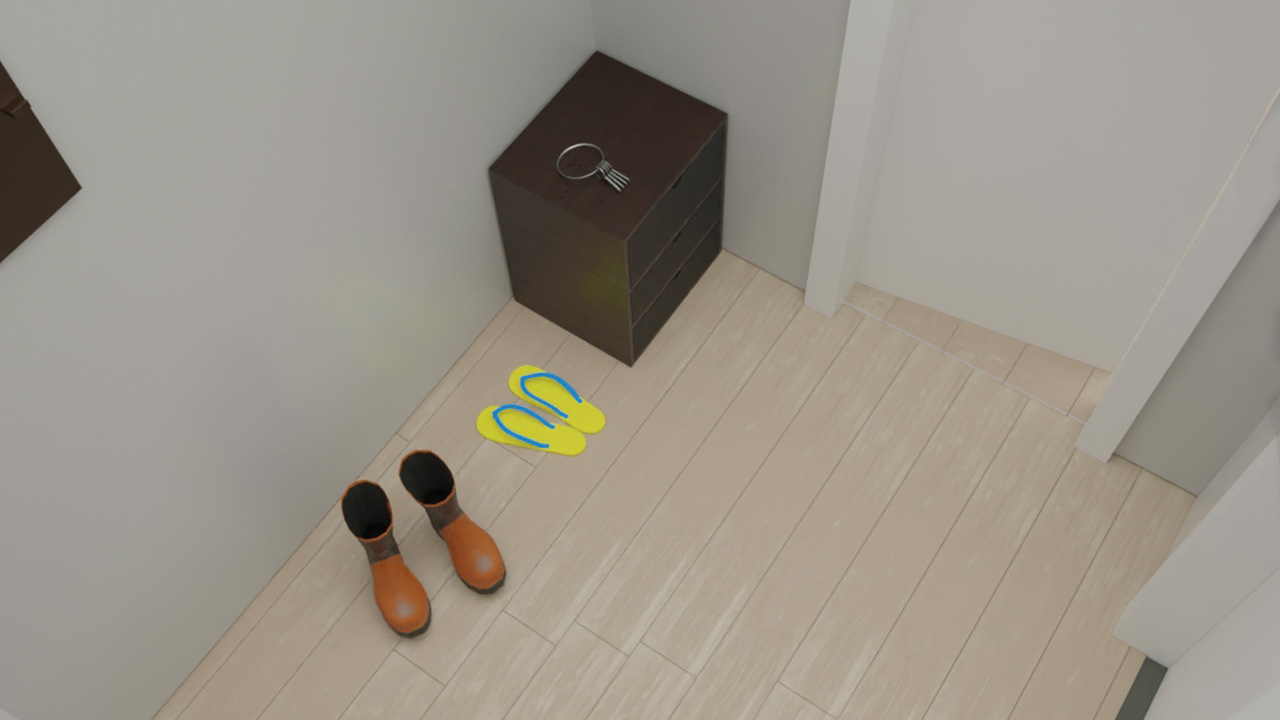
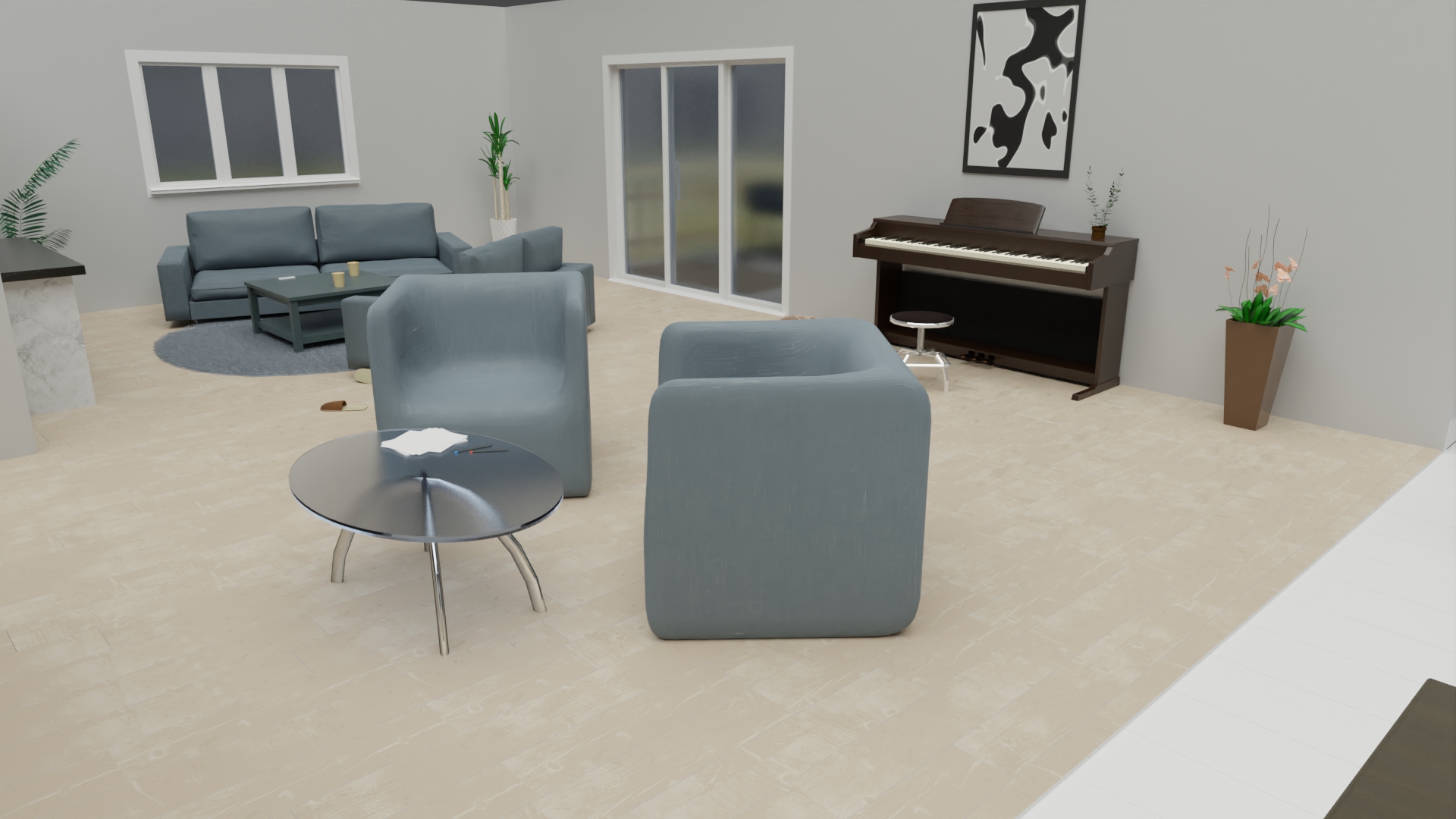
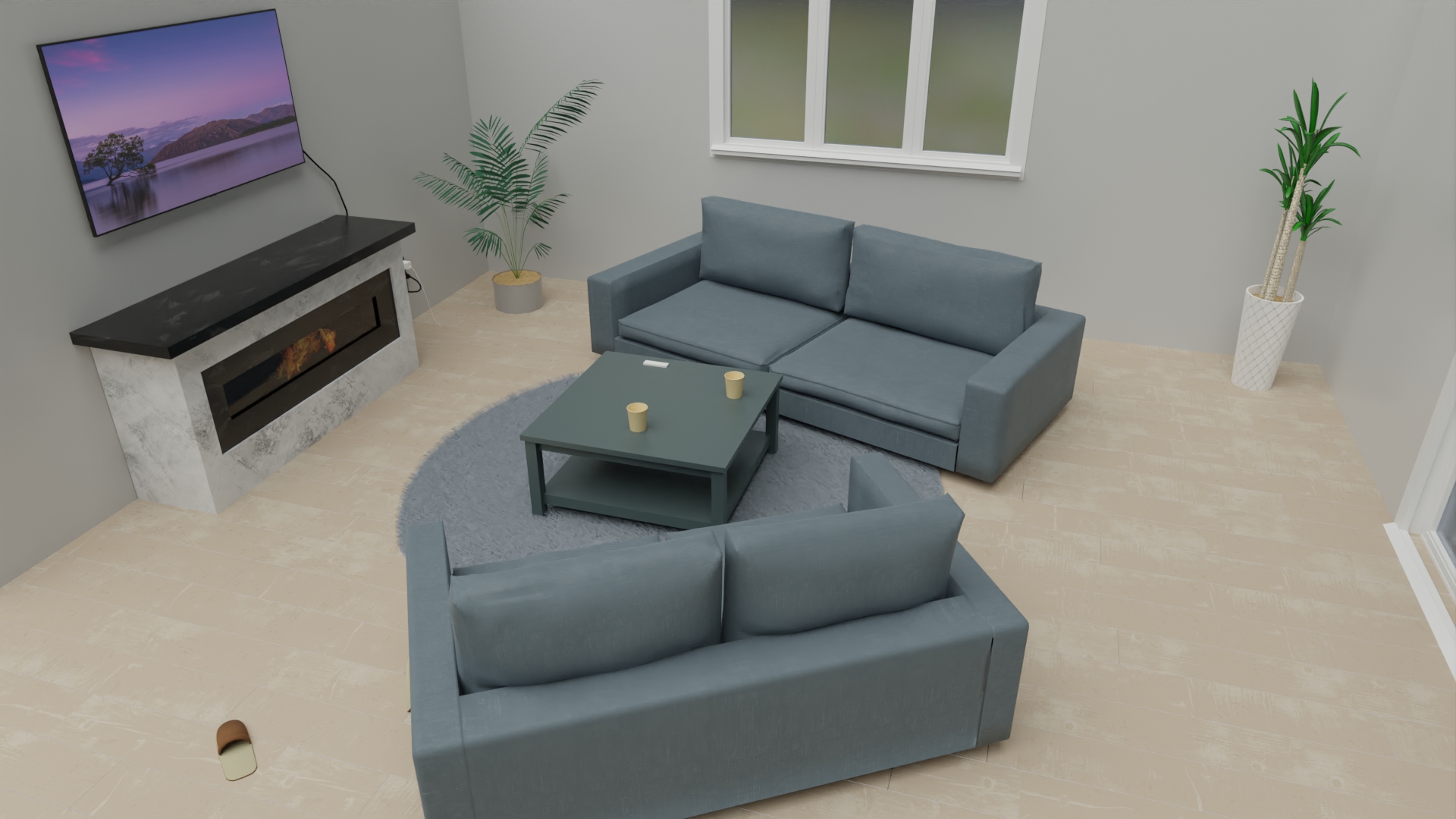

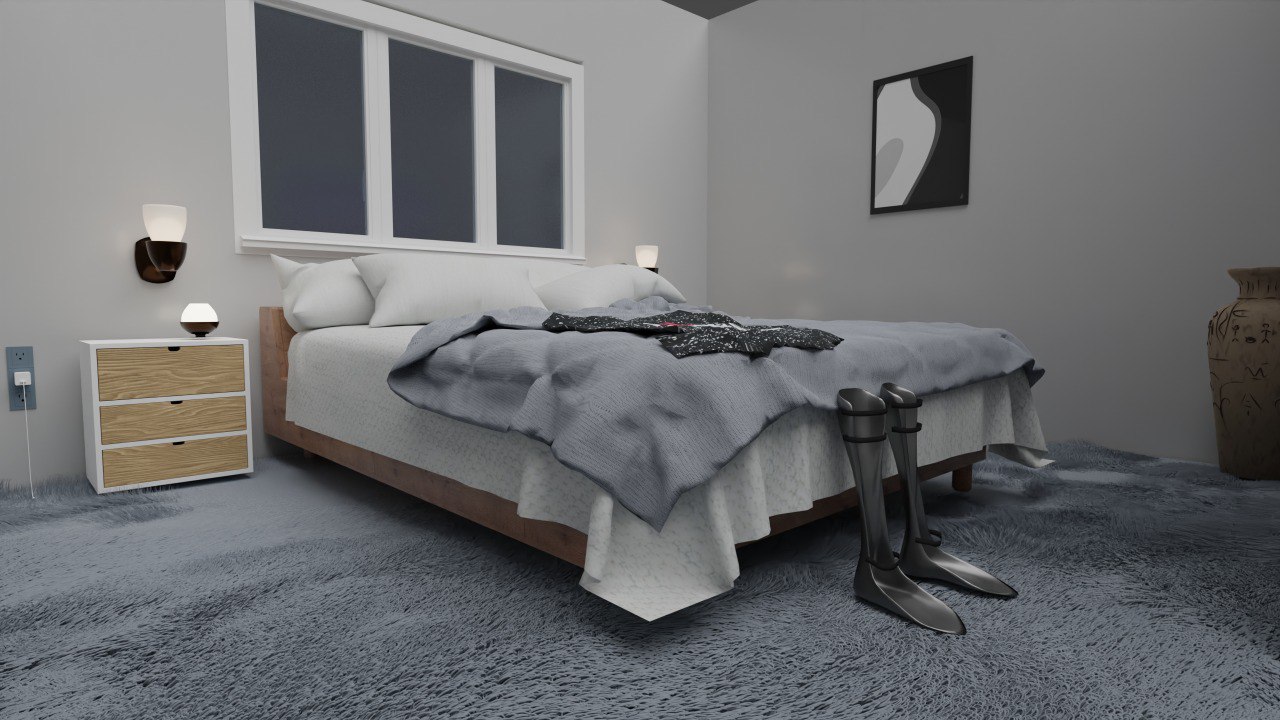
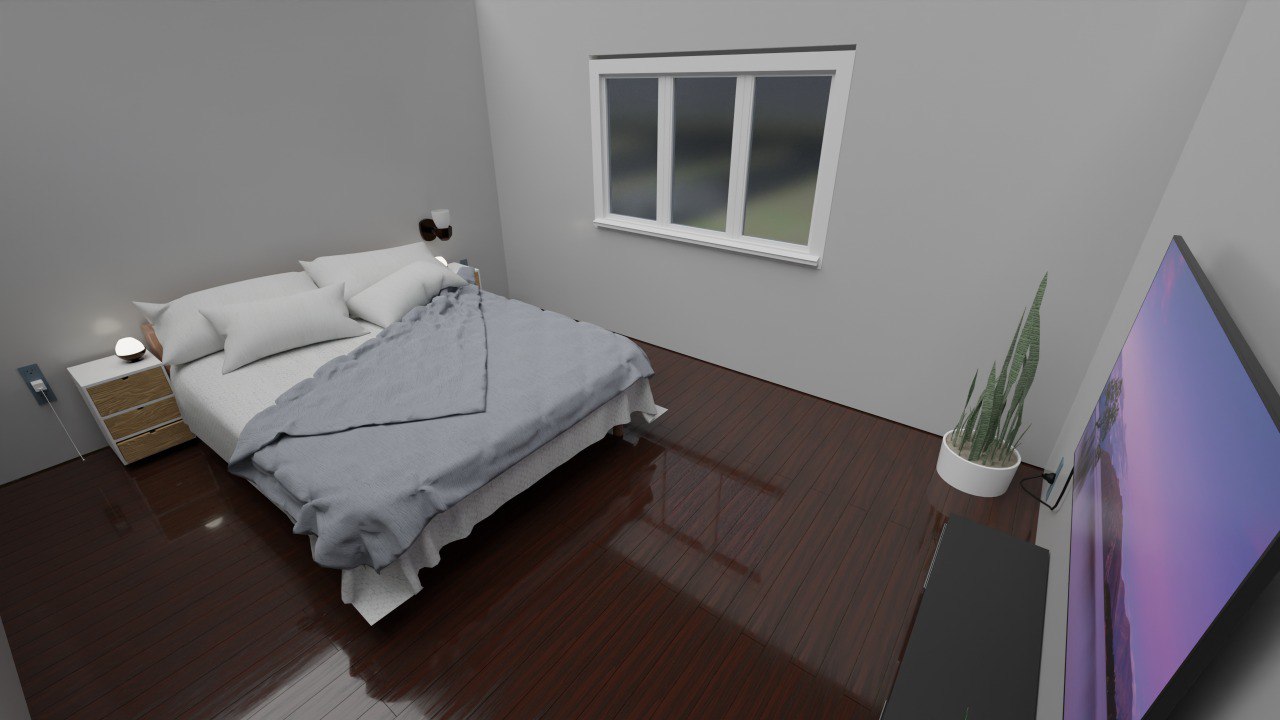

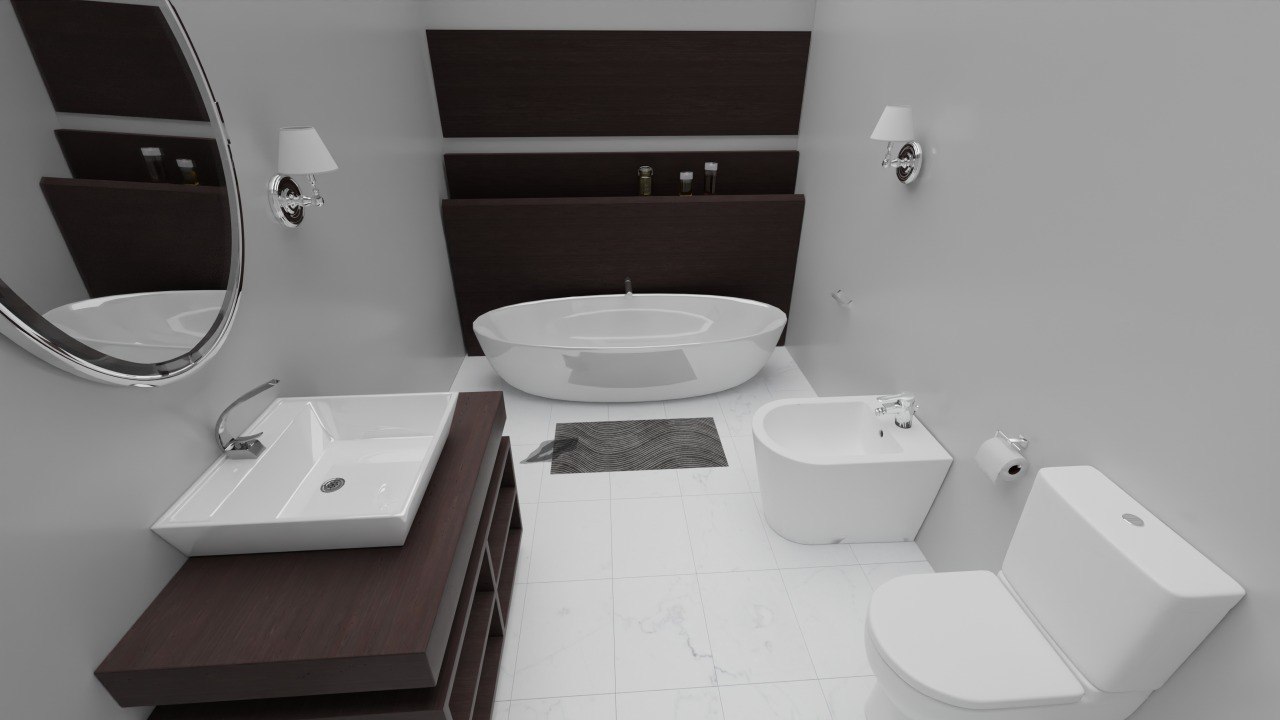
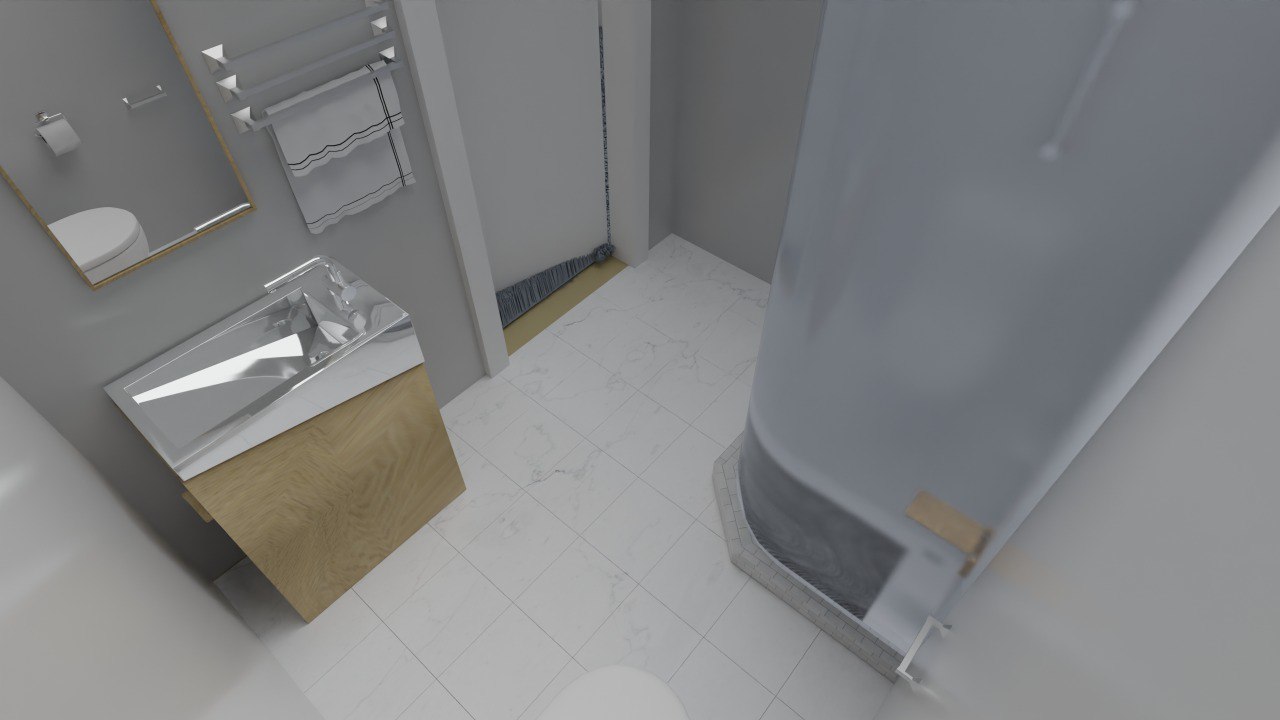
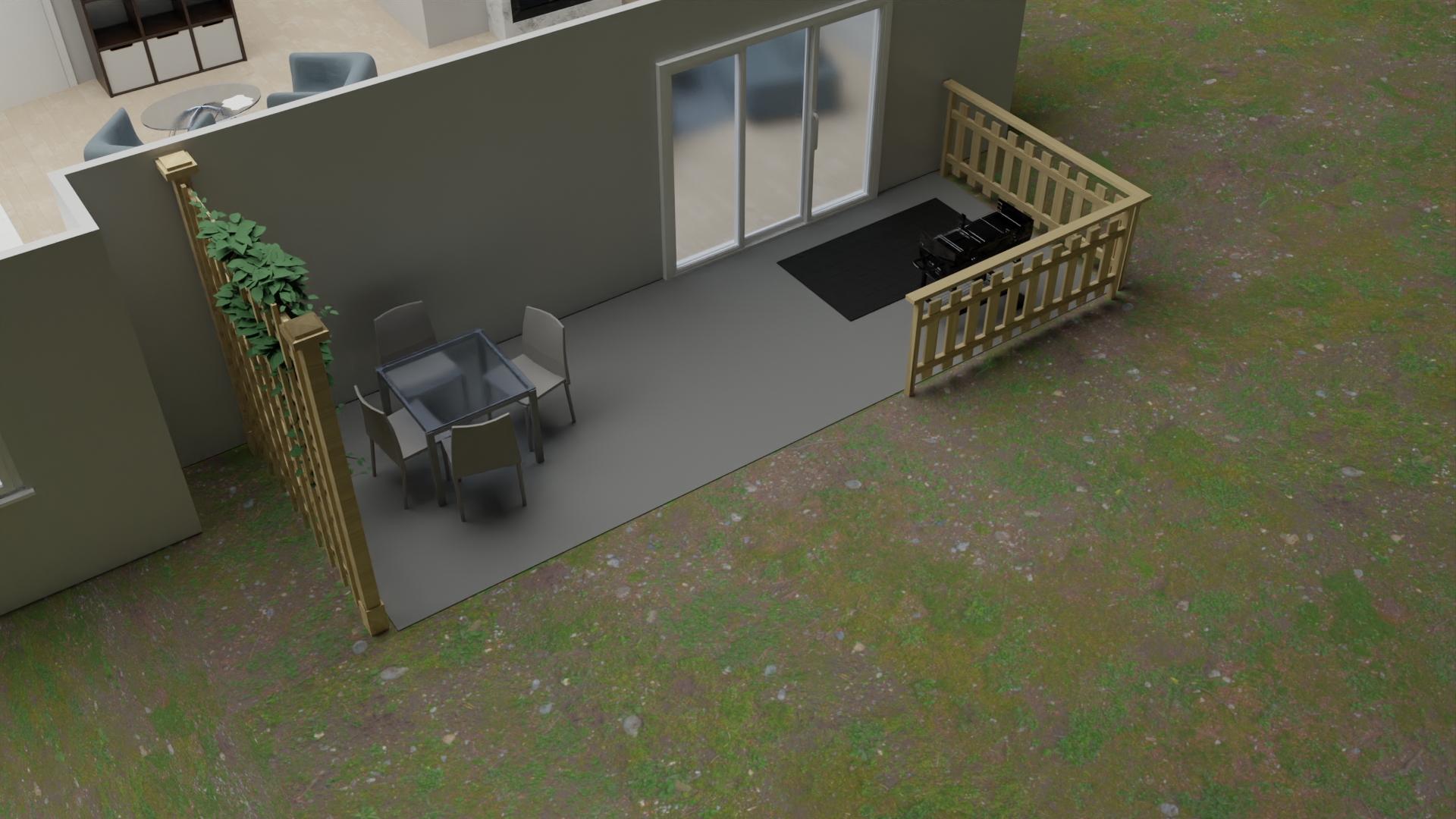
- Fix every loose carpet section on the stairs securely to prevent the risk of tripping.
- Install railings (two if possible), and mark the edge of the stairs with brightly colored tape.
- Provide adequate lighting of stairwells and have light switches installed at the top and the bottom of stairs.
- Do not change stairway light bulbs by yourself. Ask someone to change it for you.
- Use nightlights to ensure that the route from the bedroom to the bathroom is well-lit.
- Remove loose things like charger cords, clothing, and shoes from hallways, stairs, and walkways.
- If you live alone, consider carrying a cell phone with you all the time to call for help if you fall.
- Use walkers or canes if needed.
- Put everything in the right places to keep your home clean.
- Arrange with a family member or friend for daily contact. Try to have at least one person who knows where you are at all times.
- If you need corrective lenses, be sure to use them at night and during the day to see your path clearly.
- Wearing well-fitting shoes that support and fit properly can reduce the risk of falls. Try not to walk around in socks, stockings, or floppy, backless slippers.
- Use safe seating. Be cautious with anything on rollers or rockers.
- Avoid rapid moves.
- Do not walk with hands in your pockets in order to have support in case of falling.
- Hands should be free. Wear a shoulder bag or a backpack.
- Use anti-tippers on wheelchairs.
- Wear pool shoes for protection against falls when walking on slippery surfaces around water
- Consider wearing hip protectors or hip pads for added protection in case you fall.
- During the winter, keep your walkways and driveway clean of snow and ice.
- In the autumn, avoid walking on wet leaves. Keep your walkways unobstructed of leaves and branches.
- Use a seatbelt at all times.
Make the first step to make the next one safer!
The most common causes of a fall:
- Poor vision and hearing: Get your vision and hearing checked. Certain vision and/or hearing disorders can increase the risk of falls.
- Medications: Please consult your doctor and carefully review your medications with him. Some medications may have unwanted effects such as dizziness, sleepiness, or dehydration which can increase the risk of falls.
- Balance: Weakness and poor balance can lead to falls. Exercise and do physical activities regularly to gain balance and strength. It is recommended that you exercise for at least 2 1/2 hours per week, and this can be split into intervals of at least 10 minutes at a time throughout the day/week.
- Chronic conditions including disorders that cause weakness in the extremities, poor grip strength, balance disorders and cognitive impairment can increase the risk of falls.
- Lack of house safety: Eliminate all environmental hazards to reduce risk of fall as described below.
References:
Bone Health & Osteoporosis Foundation The NIH Osteoporosis and Related Bone Diseases National Resource Center Clarke, B.M.C., Mayo Clinic guide to preventing & treating osteoporosis. 2014 Center for Disease Control and Prevention